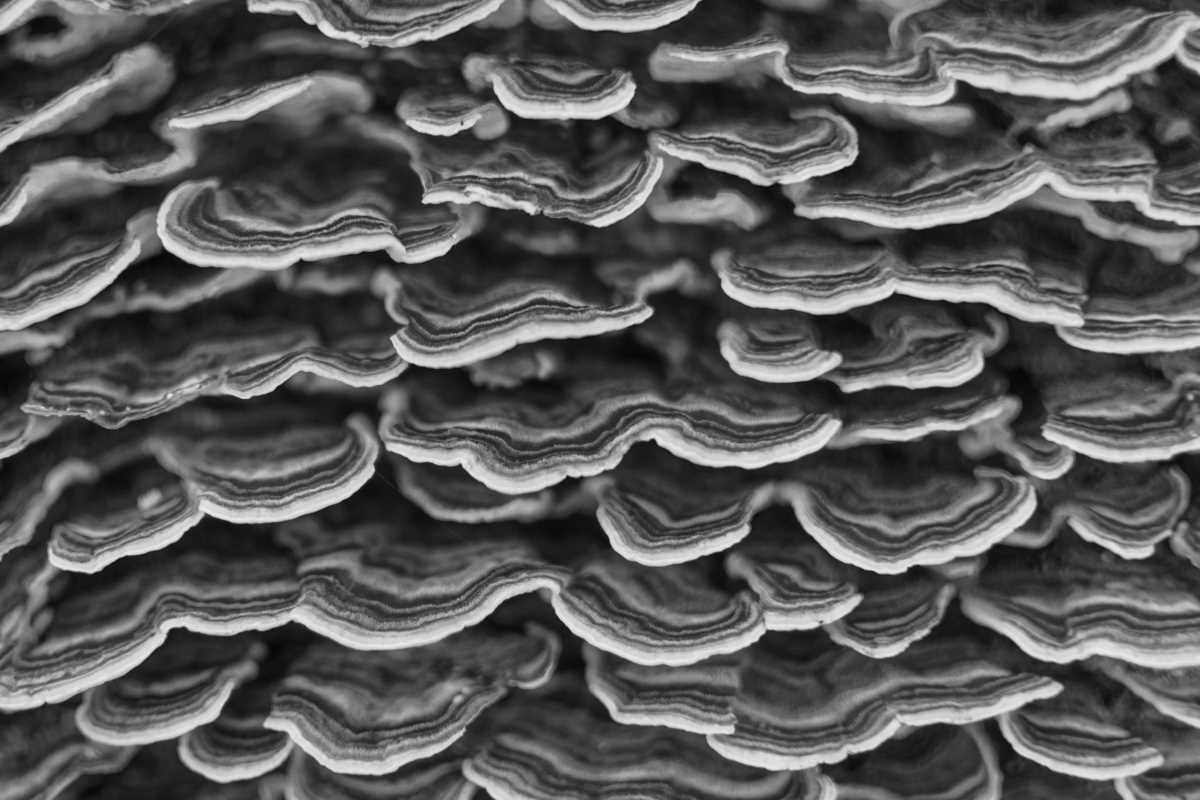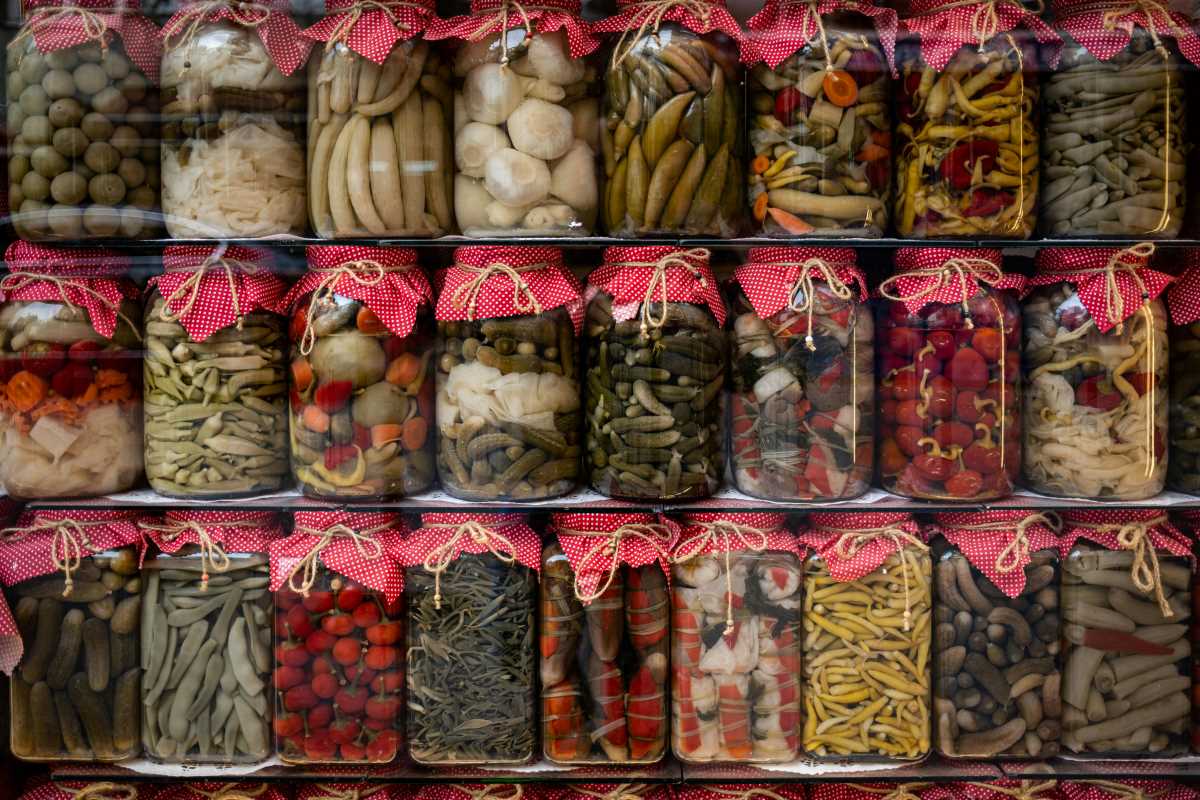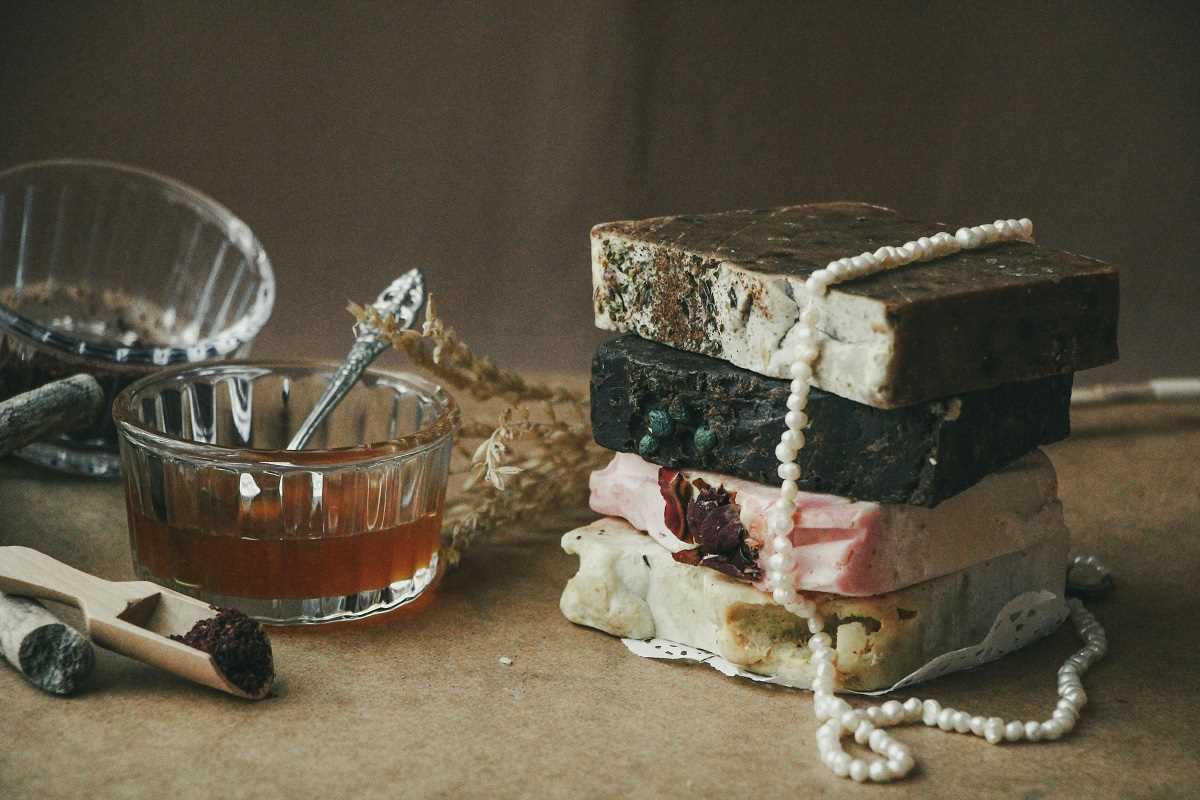Gourmet mushroom cultivation has emerged as a fascinating and rewarding endeavor for both hobbyists and commercial growers. The intricacies involved in nurturing these delicate fungi from spore to harvest require meticulous attention to detail and a deep understanding of their unique needs. This guide delves into the various aspects of cultivating gourmet mushrooms, offering comprehensive insights into the process, challenges, and benefits associated with this specialized form of agriculture.
Understanding Gourmet Mushrooms
Gourmet mushrooms are prized for their unique flavors, textures, and nutritional profiles. They offer a diverse array of culinary possibilities and are highly sought after by chefs and food enthusiasts alike. Below are some notable types of gourmet mushrooms:
- Portobello: Known for their meaty texture and rich flavor, portobellos are often used as meat substitutes in various dishes.
- Shiitake: Valued for their robust umami taste, shiitakes are commonly used in Asian cuisines and have medicinal properties.
- Oyster: These mushrooms have a delicate texture and a mild, slightly sweet flavor, making them versatile in numerous recipes.
- Enoki: Characterized by their long, thin stems and small caps, enokis have a subtle flavor and crunchy texture.
- Maitake: Also known as "hen of the woods," maitakes are appreciated for their complex flavor and health benefits.
- Morel: Prized by chefs for their distinctive honeycomb appearance and earthy taste, morels are considered a delicacy.
Essential Tools and Materials
Successful cultivation of gourmet mushrooms requires specific tools and materials to create an optimal growing environment. Here is a list of essential items needed to begin:
- Growing Medium: Materials such as hardwood logs, straw, or supplemented sawdust serve as the substrate where mushrooms will grow.
- Spawn: This is the fungal culture used to inoculate the growing medium. Choosing high-quality spawn is crucial for healthy mushroom development.
- Containers: Depending on the cultivation method, containers like bags, trays, or jars may be required to hold the substrate.
- Sterilization Equipment: To prevent contamination, tools such as pressure cookers or sterilizers are necessary for preparing the substrate.
- Environmental Controls: Equipment to regulate temperature, humidity, and light is essential for maintaining the ideal conditions for mushroom growth.
- Protective Gear: Items like gloves and masks help maintain cleanliness and reduce the risk of contamination during the cultivation process.
The Cultivation Process
The process of cultivating gourmet mushrooms involves several stages, each with its own set of requirements and best practices. Understanding these steps is fundamental to achieving a successful harvest.
Firstly, the choice of substrate is crucial. Different mushroom species thrive on different materials, so selecting the appropriate substrate based on the type of mushroom being cultivated is essential. Once the substrate is prepared, it must be sterilized to eliminate competing organisms that could hinder mushroom growth.
After sterilization, the substrate is inoculated with mushroom spawn. This involves evenly distributing the spawn throughout the substrate to ensure uniform colonization. The inoculated substrate is then placed in containers and stored in a controlled environment where temperature and humidity levels are maintained to encourage mycelial growth.
As the mycelium colonizes the substrate, it requires a period of incubation. This phase typically involves keeping the environment dark and maintaining consistent moisture levels. Once the substrate is fully colonized, it is exposed to conditions that trigger fruiting, such as introducing light and fresh air. Properly managing these environmental factors is key to producing high-quality mushrooms.
Common Challenges and Solutions
While cultivating gourmet mushrooms can be rewarding, it is not without its challenges. Understanding potential obstacles and how to overcome them is vital for successful cultivation.
One of the primary challenges is contamination. Bacteria, molds, and other fungi can easily invade the substrate, outcompeting the desired mushroom mycelium. To mitigate this, maintaining a sterile environment during all stages of cultivation is imperative. This includes sterilizing equipment, using clean spawn, and practicing good hygiene.
Another significant challenge is maintaining optimal environmental conditions. Mushrooms have specific needs regarding temperature, humidity, and light, and deviations can impede their growth. Investing in reliable environmental controls and regularly monitoring conditions can help ensure that mushrooms receive the optimal environment they need to thrive.
Pests and diseases also pose a threat to mushroom crops. Insects, mites, and other pests can damage the substrate and mushrooms, while diseases can spread rapidly in the humid conditions required for cultivation. Implementing integrated pest management strategies and regularly inspecting crops can help keep these issues in check.
Finally, insufficient knowledge or experience can lead to unsuccessful cultivation attempts. Educating oneself through reputable sources, attending workshops, and seeking advice from experienced cultivators can provide the necessary knowledge to navigate the complexities of gourmet mushroom cultivation.
Benefits of Growing Gourmet Mushrooms
Embarking on the journey of growing gourmet mushrooms offers numerous advantages, both personal and economic:
- Health Benefits: Gourmet mushrooms are rich in essential nutrients, including vitamins, minerals, and antioxidants, contributing to a healthy diet.
- Environmental Sustainability: Mushroom cultivation can be environmentally friendly, utilizing agricultural waste products as substrates and requiring minimal resources compared to traditional farming.
- Economic Opportunities: Growing gourmet mushrooms can be a profitable venture, given their high market value and increasing demand in the culinary industry.
- Educational Value: Engaging in mushroom cultivation provides valuable insights into mycology and the intricate processes of fungal growth.
- Personal Satisfaction: Successfully cultivating mushrooms can be a fulfilling hobby, offering a tangible reward for one's efforts and care.
Future Trends in Mushroom Cultivation
The field of Gourmet Mushroom Cultivation is evolving rapidly, with several trends shaping its future. Technological advancements are leading to more efficient and scalable cultivation methods, enabling growers to produce higher yields with greater consistency. Innovations in automation and climate control systems are facilitating the creation of optimized growing environments that can be precisely managed to meet the specific needs of different mushroom species.
Another significant trend is the increasing integration of sustainable practices within mushroom cultivation. Growers are exploring new substrates derived from agricultural and industrial byproducts, reducing waste and promoting circular economy principles. Additionally, there is a growing emphasis on organic cultivation techniques, catering to consumer demand for organically produced gourmet mushrooms.
Research and development are also driving the discovery of new mushroom varieties with enhanced flavors, nutritional profiles, and resilience against environmental stressors. This continuous innovation is expanding the diversity of gourmet mushrooms available in the market, providing consumers with a wider array of options and encouraging culinary experimentation.
The rise of urban farming and vertical cultivation systems is another trend influencing the mushroom industry. By utilizing vertical space and controlled environments, growers can maximize production in urban settings, making gourmet mushroom cultivation more accessible and sustainable in densely populated areas.
Furthermore, the increasing recognition of the medicinal properties of certain gourmet mushrooms is broadening their applications beyond culinary uses. This has opened up new avenues for research and commercial development, integrating mushroom cultivation into the broader health and wellness industry.
In summary, the cultivation of gourmet mushrooms is a multifaceted practice that combines biology, agriculture, and sustainability. By understanding the various types of mushrooms, acquiring the necessary tools and materials, and mastering the cultivation process, growers can overcome challenges and reap the numerous benefits associated with this endeavor. As the field continues to evolve, embracing future trends and innovations will be key to advancing the art and science of gourmet mushroom cultivation.
 (Image via
(Image via




.jpeg)
